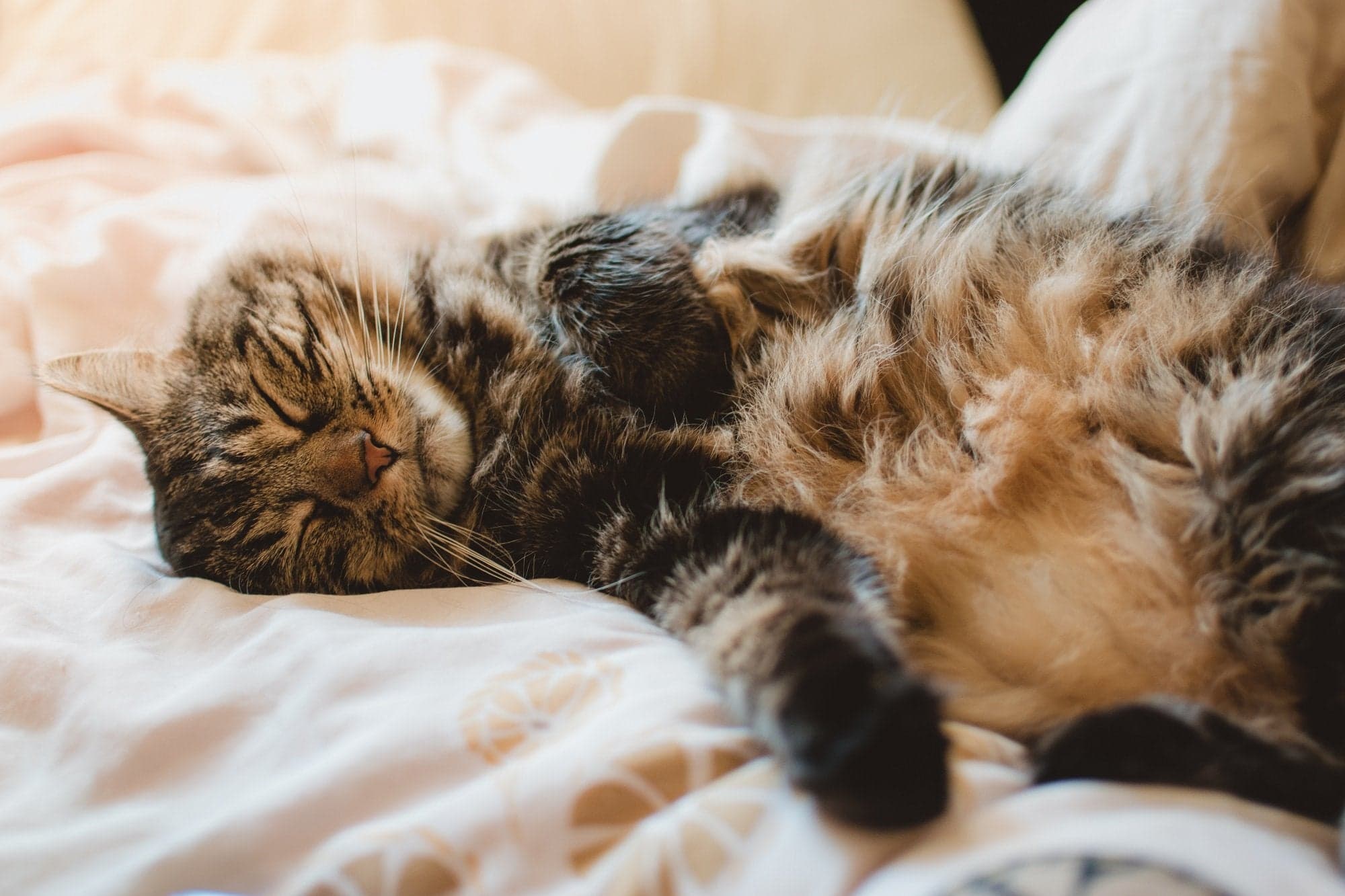Hyperlipoproteinemia is a disease in which the body is unable to properly break down lipids and lipoproteins, mainly cholesterol and triglycerides. As a result, their levels are continually elevated in the blood which poses a serious health threat. Hyperlipoproteinemia can be primary (genetic) or secondary (idiopathic) and it has been associated with increased risk from heart disease.

Background information
Lipids are heterogeneous substances insoluble in water and soluble in alcohol, ether or chloroform. They are important components of all living cells. Lipoproteins, crucial compounds of plasma membranes, are complexes of lipids and proteins with an important role in the transport and stabilization of lipids.
There are five major groups of lipoproteins: chylomicrons, very-low-density lipoproteins (VLDLs), low-density lipoproteins (LDLs), intermediate-density lipoprotein (IDLs) and high-density lipoproteins (HDLs) (Dashti et al, 2011). These molecules enable lipids and cholesterol to move through the water-based solution of the bloodstream. Chylomicrons and VLDLs transport triglycerides and HDLs and LDLs cholesterol.
VLDLs are crucial for the formation of LDLs and HDLs. A crucial enzyme in the regulation of these lipoproteins and lipid metabolism is a lipoprotein lipase (LPL). This enzyme mediates the hydrolysis of lipids transported by chylomicrons and VLDLs which enables the production and uptake of fatty acids from the lipids for energy metabolism.
As a result, the levels of HDL cholesterol in the bloodstream directly correlate with LPL activity in humans. Similarly, in cats presented with hyperlipoproteinemia, the LPL deficiency has been biochemically confirmed too (Ginzinger et al, 1996).
Causes
Primary hyperlipoproteinemia
The levels of HDL cholesterol in the blood seem to directly correlate with the levels of LPL enzyme. This enzyme is encoded by the LPL gene. In cats, the primary hyperlipoproteinemia has been associated with an identified point mutation in this gene.
This mutation is inherited by autosomal recessive mode (Figure 1) and it results in the substitution of the amino acid residue 412 in the COOH terminus of the LPL enzyme (Ginzinger et al, 1996). Because this is an autosomal recessive mutation, a cat must inherit two mutated copies of the gene (alleles), one from each of the parent, in order to be affected by the disorder.
Cats who carry only one mutated allele and one healthy allele remain silent carriers (they can pass on the trait to the offspring but aren't affected themselves). If two silent carriers cross, there is a 25% chance for each kitten to be affected. Two affected cats give only affected offspring.

Figure 1: Autosomal recessive mode of inheritance
Secondary hyperlipoproteinemia
Secondary or idiopathic hyperlipoproteinemia is developed as a result of another condition. Conditions to which hyperlipoproteinemia has been linked to so far are diabetes, hypothyroidism, pancreatitis, lifestyle (i.e. diet) and application of certain drugs.
Symptoms and diagnosis
The clinical presentation of hyperlipoproteinemia in cats includes the dysfunction in gastrointestinal, ocular and neurologic systems. Affected cats may experience vomiting, diarrhea, anorexia, abdominal pain, seizure activity, cutaneous lesions or peripheral neuropathies. Although elevated cholesterol levels are associated with atherosclerosis in humans, cats and dogs are considered resistant to it cats (Nelson & Elliot, 2003 & Whitney, 1992).
There are different diagnostic tests available for the diagnosis of hyperlipoproteinemia: chylomicron test, gross appearance of plasma, lipoprotein lipase activity, lipoprotein electrophoresis and more (Ford, 1996 & Whitney, 1992).

Treatment and prognosis
The prognosis and treatment of hyperlipoproteinemia highly depend on the identification of the actual underlying cause. Secondary cases usually resolve after the underlying cause is corrected. In congenital cases, a lifelong commitment to the treatment is required.
The treatment typically consists of diet modifications and medicine applications. Usually, a low-fat diet is recommended with less than 25% of fat on a metabolizable energy basis for cats (Nelson & Elliot, 2003). In people, lipid-lowering agents are often used such as omega-3-fatty acids, statins, niacin, chitosan and similar (Rang et al, 2003).

Hyperlipoproteinemia is a serious disorder associated with increased risks from heart disease. Due to the serious implications linked to this disease, it is highly important to timely and accurately diagnose the affected cats and design an adequate treatment plan. For more about genetic diseases in cats please follow our tags below.
Are you interested in a genetic disease we didn't cover yet? Let us know via social media or e-mail!
Citations:
1. Dashti M, Kulik W, Hoek F, Veerman EC, Peppelenbosch MP, Rezaee F (2011). "A phospholipidomic analysis of all defined human plasma lipoproteins". Sci. Rep. 1 (139). doi:10.1038/srep00139. PMC 3216620. PMID 22355656.
2. Ford RB. (1996) Clinical management of lipemic patients. Compend Contin Educ Pract Vet. 18:1053-1065.
3. Ginzinger DG, Lewis SME, Ma Y, Jones BR, Liu G, Jones SD, Hayden MR. (1996) A Mutation in the Lipoprotein Lipase Gene Is the Molecular Basis of Chylomicronemia in a Colony of Domestic Cats. J. Clin. Invest. 97(5):1257-66
4. Nelson RW, Elliot DA. (2003) Disorders of metabolism. In: Nelson RW, Couto CG, eds. Small animal internal medicine. 3rd ed. St. Louis, Mo: Mosby 822-827.
5. Rang HP, Dale MM, Ritter JM, et al. (2003) Atherosclerosis and lipoprotein metabolism. In: Pharmacology. 5th ed. London: Churchill Livingstone 306-313.
6. Whitney MS. (1992) Evaluation of hyperlipidemias in dogs and cats. Semin Vet Med Surg (Small Anim). 7:292-300



